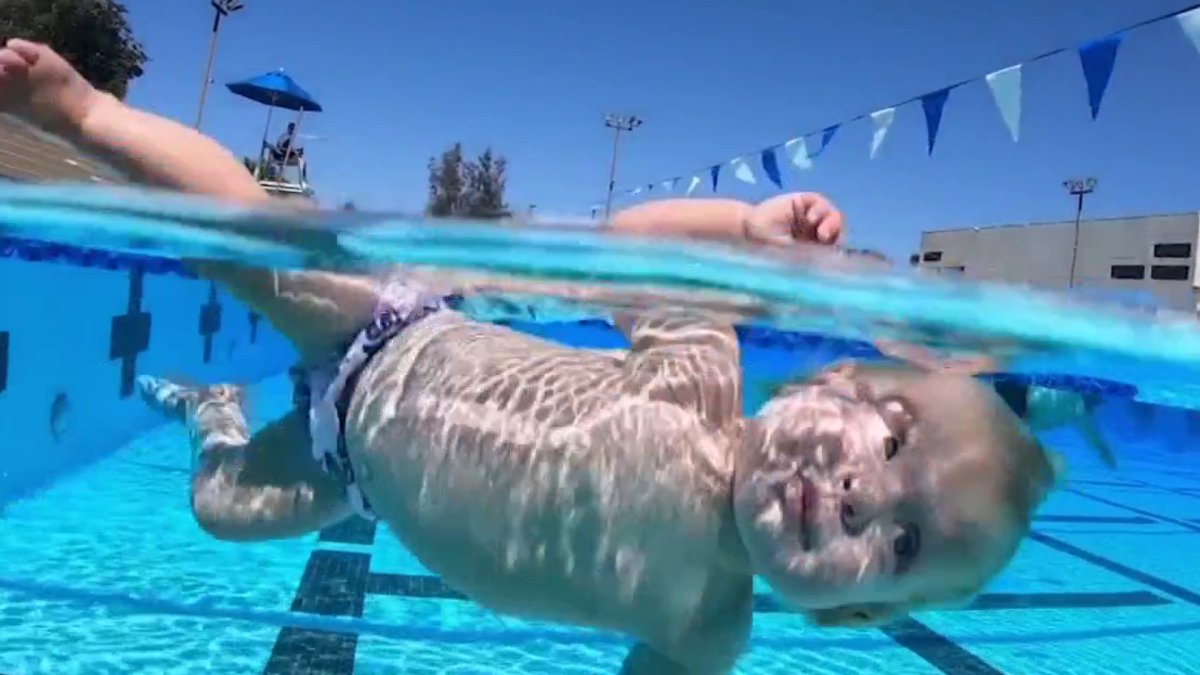
May is drowning prevention month and NBC 7’s Brooke Martell got to speak with some San Diegans on why it is so important to them.
May is Drowning Prevention and Water Safety month. According to the county, drowning is the number one cause of unintentional injury death for children ages 1-4. With over 70 miles of coastline, 20 freshwater lakes, and more than 7,000 public and backyard swimming pools, there’s several bodies of water around San Diego County.
Advocates are working to promote water safety to San Diegans to keep the unimaginable from happening. As a way to provide more education and outreach, the county is allocating $250,000 in grant funding that will be used to provide swim lessons to children across San Diego.
Coupled with that, the Prevent Drowning Foundation is also hosting multiple pool parties this summer to help families with swim lessons for their children.
Monday morning, following a press conference on water safety, Yosina Lissebeck shared her daughter’s near drowning experience that happened 20 years ago this month.
Get San Diego local news, weather forecasts, sports and lifestyle stories to your inbox. Sign up for NBC San Diego newsletters.
“My daughter, 14 months old, was crawling, pulled herself up against the kiddie pool and because she was a toddler, her head was heavier, she went a-frame against the side, nor being able to pull herself up, she inhaled that water instantly filling her lungs,” LIssebeck said.
Lissebeck’s daughter survived, but not everyone does, and it can happen in any body of water.
“It can be a toilet, it can be a bucket, anywhere there is water can be a risk for drowning,” Nicole McNeil, president of the Prevent Drowning Foundation of San Diego said.
Local
The organization says that 281 drown deaths happened from 2001-2020 occurred across the county. 72 of those happened in a bathtub, 68 in a swimming pool.
That means it’s important to identify risks and how to prevent drownings around any area with a body of water. That can be done by fencing off pools, designating supervision when children are in a pool or swimming, knowing how to perform CPR if a drowning occurs, and enrolling children in swimming lessons.
Brad Hurvitz, a certified infant swimming resource instructor and owner of My Baby Swims, teaches children as young as six months how to survive if they fall into the water.
“They do this by rolling and floating on their back or swimming back to the wall,” Hurvitz said. “As the kids get older, they do a swim, float, swim sequence back to the wall or parent, or any safe surface they can find.”
It’s a process Hurvitz says is based on child psychology that provides even the youngest children the ability to trust the buoyancy of the water.
“Giving the kids to save themselves, should they ever need to, is of the utmost importance,”Hurvitz said.